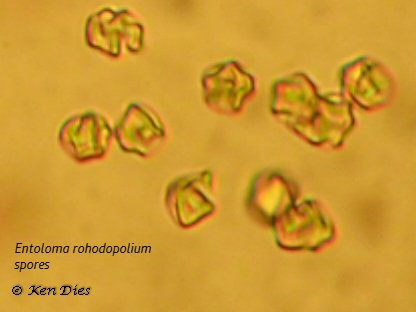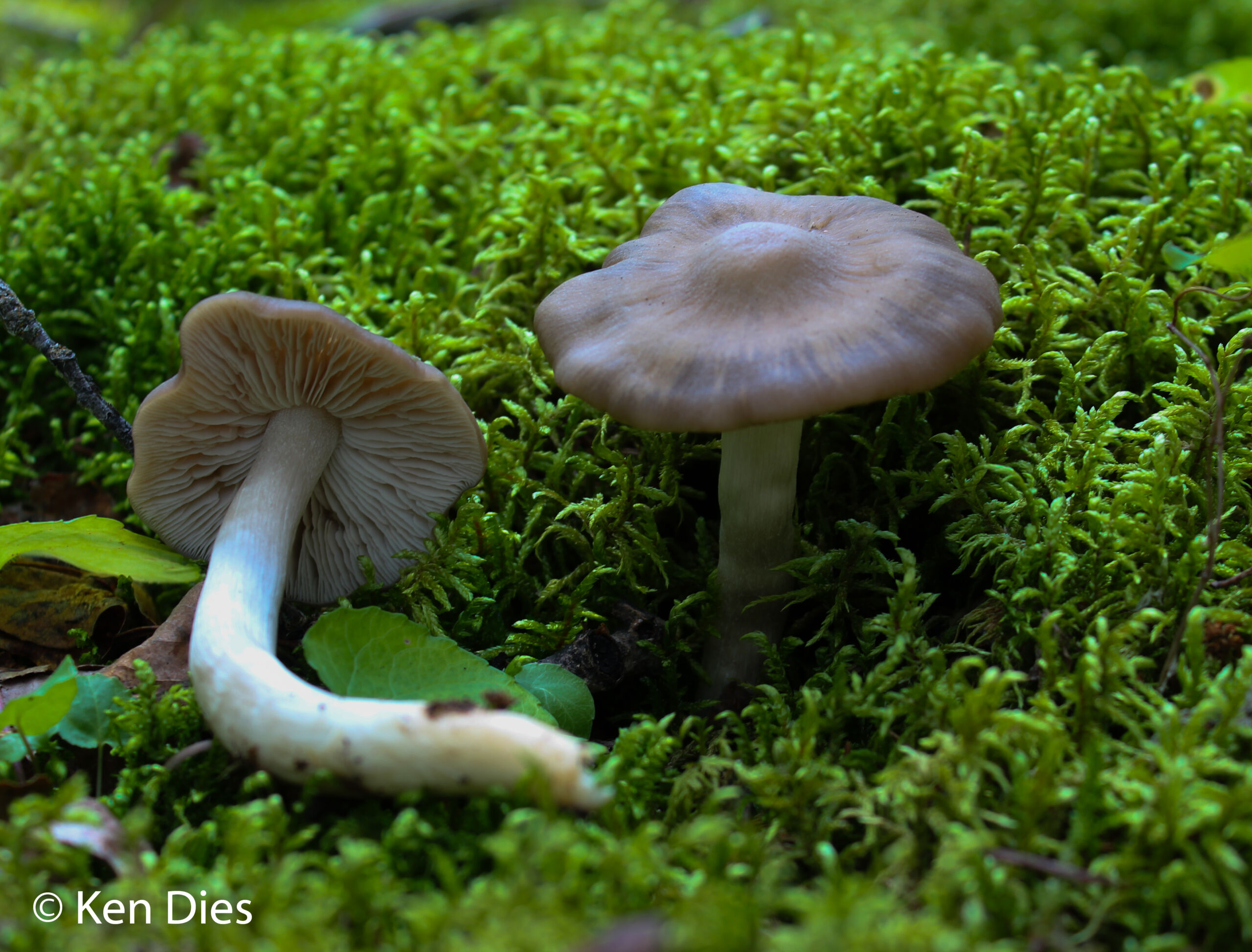- Species: Rhodopolium
- Genus: Entoloma
- Attributes
- Umbonate cap
- Adnate and notched gill attachment
- Pink spore print
- Typically seen in summer and fall
Entoloma rhodopolium is part of a group of very similar mushrooms, separated by minor morphological and ecological preferences. Usually a variety of light browns, grey-browns, or pale yellow-browns, its cap reaches up to 12 cm in diameter and is commonly topped with a central
umbo. This fungi’s gills are adnate or notched with a whitish or tinged cap colour that turns pink as spores develop. The dry white to pale grey fleshy stalk grows up to 2 cm in diameter is equal or slightly
tapered. Overall, this mushroom resembles a typical Tricholoma species. And like Tricholoma species, Entoloma rhodopolium is also commonly found in hardwood deciduous woodlands, growing on the
ground in solitary or in groups and scattered.
Entoloma rhodopolium is poisonous as it contains muscarine, which causes severe vomiting, diarrhea, and abdominal cramps if ingested.
Because Entoloma rhodopolium varies greatly in colour, it can appear almost identical to Pluteus cervinus, a fine edible mushroom. Spores of both fungi are pink, so spore colour will not help in the identification process. Care should be taken to avoid confusing these Entoloma species with the edible Pluteus cervinus. Here are a few ways to tell the two apart:



